Acid reflux (also known as gastroesophageal reflux or GERD) is common—affecting up to 20–25% of adults in Western populations at least monthly.
It occurs when stomach acid flows back into the esophagus, causing a burning chest or throat sensation, sometimes even coughing or sore throat.
What you eat plays a huge role. Certain foods relax the lower esophageal sphincter (LES) or increase acid production—making reflux much more likely.
Also Read: how to restore gut health after alcohol
Here’s a research-backed guide to the worst offenders, why they trigger symptoms, and practical tips to manage them.
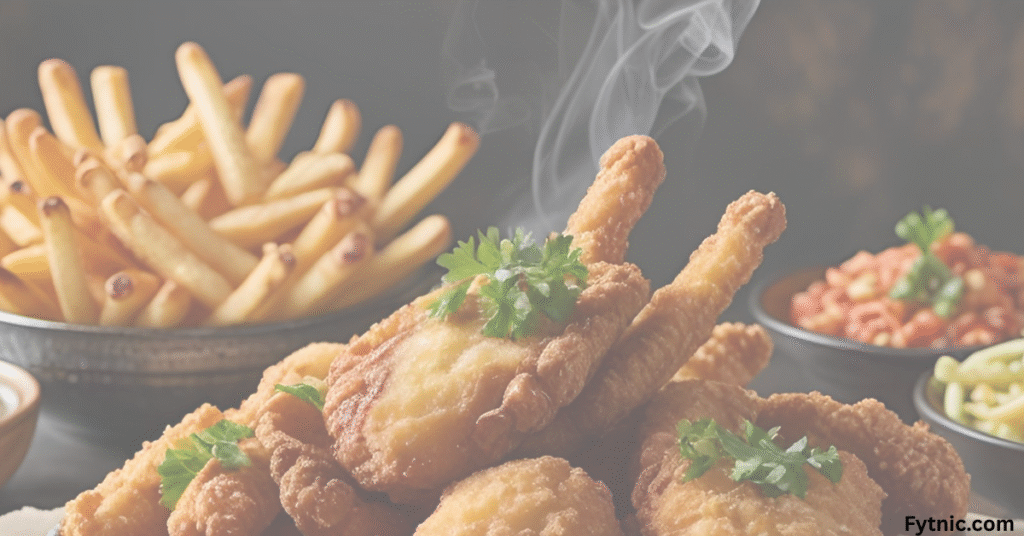
1. High‑Fat & Fried Foods
Fried, fatty foods—from French fries to bacon—are major reflux triggers:
-
They delay stomach emptying, keeping food and acid in the stomach longer.
-
They relax the LES, allowing acid to travel up.
-
Processed meat, buttery sauces, and creamy dressings all fall into this group.
Tip: Choose lean proteins (grilled chicken, fish, beans), skip fried meals, and limit full‑fat dairy and oily snacks.
2. Spicy Foods
Spicy dishes—curries, hot sauces, chili powder—are frequent culprits too:
-
Capsaicin (found in chili) may irritate the esophageal lining.
-
It can also delay digestion and relax the LES.
Even cultural or geographic differences matter—some regions show more sensitivity to spicy food as a trigger.
Tip: Try milder alternatives like basil, oregano, or ginger if you crave flavor without burning.
3. Citrus Fruits & Juices
Citrus—like oranges, lemons, limes, grapefruit—and their juices come with high acid content:
-
They can irritate the esophagus and increase stomach acid.
-
They also may relax the LES, worsening reflux .
Tip: Switch to bland fruits (bananas, melons) or low‑acid juices; track your own tolerance carefully.
4. Tomatoes & Tomato-Based Products
Tomatoes—including sauces, ketchup, soups, and pizza toppings—are highly acidic:
-
They irritate the esophageal lining and relax the LES.
Tip: Limit tomato products, especially at dinner or before bed.
5. Chocolate
Chocolate combines multiple triggers:
-
Contains methylxanthine and caffeine, weakening the LES.
-
Also often high fat—slowing digestion and magnifying reflux risk.
Tip: If you tolerate small amounts, choose low‑fat, infrequent servings; track symptoms carefully.
6. Caffeine (Coffee, Tea, Energy Drinks)
Caffeine is known to:
-
Relax the LES,
-
Increase gastric acid output,
-
Irritate the stomach lining.
Studies show mixed results—some reflux sufferers tolerate coffee OK—but many report worsened symptoms.
Tip: Switch to decaf versions or herbal teas like ginger or chamomile to reduce the risk.
7. Carbonated Drinks
Sodas, sparkling waters, kombucha—they all trap gas:
-
This increases stomach pressure and pushes acid upward.
-
The carbonation and acidity exacerbate esophageal irritation.
Tip: Choose still water or diluted fruit-infused water instead.
8. Alcohol
Alcohol relaxes the LES and boosts stomach acid production. It also slows digestion and irritates the lining of the stomach and esophagus.
Tip: Limit or avoid alcohol, especially before bedtime.
9. Mint (Peppermint, Spearmint)
Despite its soothing reputation, mint is a surprising reflux trigger:
-
It relaxes the LES and can worsen acid backflow .
Tip: Avoid mint teas, mints, mint-flavored gum when prone to reflux.
10. Alliums: Garlic, Onions, Leeks, Chives
Raw alliums relax the LES and may cause gas or bloating in sensitive people:
-
They are especially problematic when eaten raw or in large amounts
Tip: Cooked garlic or onion may be better tolerated; test your own reaction.
11. High Sugar, Processed Snacks & Simple Carbs
Candy, ice cream, baked goods, sweet sodas can all worsen reflux:
-
High sugar can increase acid production, slow digestion, and irritate the lining.
-
Processed snacks and refined carbs may also create more gastric acidity
Tip: Favor fiber-rich, complex carbs like oatmeal, brown rice, and whole grains.
Quick Summary Table
| Food Category | Why It Triggers Reflux | Better Alternatives |
|---|---|---|
| Fried & high-fat foods | Delay emptying, relax LES | Grilled, lean proteins, steamed veggies |
| Spicy foods & chili | Irritate lining, delay digestion | Mild herbs (ginger, oregano) |
| Citrus fruits & juices | High acidity, LES relaxation | Bananas, melons, diluted juices |
| Tomatoes & sauce products | High acid, LES relaxation | Cooked vegetables, non-acid sauces |
| Chocolate (esp. dark) | Caffeine + fat relax LES | Occasional, small servings |
| Caffeinated drinks | LES pressure drop, acid increase | Decaf, herbal (ginger, chamomile) |
| Carbonated drinks | Gas expansion, stomach pressure | Still water, herbal teas |
| Alcohol | LES relaxation, acid stimulation | Limit consumption; avoid close to bed |
| Mint (peppermint/spearmint) | LES relaxation | Ginger or chamomile tea |
| Raw garlic/onion | LES relaxation, gas | Cooked mild alliums |
| Sugary/processed snacks | High sugar, acid, slow digestion | Whole-grain, fiber-rich snacks |
Better Alternatives to Soothe GERD
-
Lean Proteins & Light Cooking: grilled or baked chicken, turkey, fish, or legumes.
-
Whole Grains & Fiber-Rich Foods: oatmeal, brown rice, whole-wheat bread—fiber supports healthy digestion and reduces reflux risk
-
Mild, Low-Acid Fruits & Veggies: bananas, melons, apples, pears; alkaline veggies like asparagus, broccoli, cauliflower, spinach.
-
Ginger, Licorice (non-mint), Fennel: soothing and may support digestion and LES function.
-
Low-Fat Dairy or Yogurt: in moderation, nonfat milk and low-fat yogurt buffer acid and offer probiotics—but test your tolerance..
-
Herbal Teas (non-mint): chamomile, ginger, licorice root teas may calm the esophagus. Avoid peppermint-based blends.
Sample GERD-Friendly Recipes
Banana Oat Breakfast Bowl
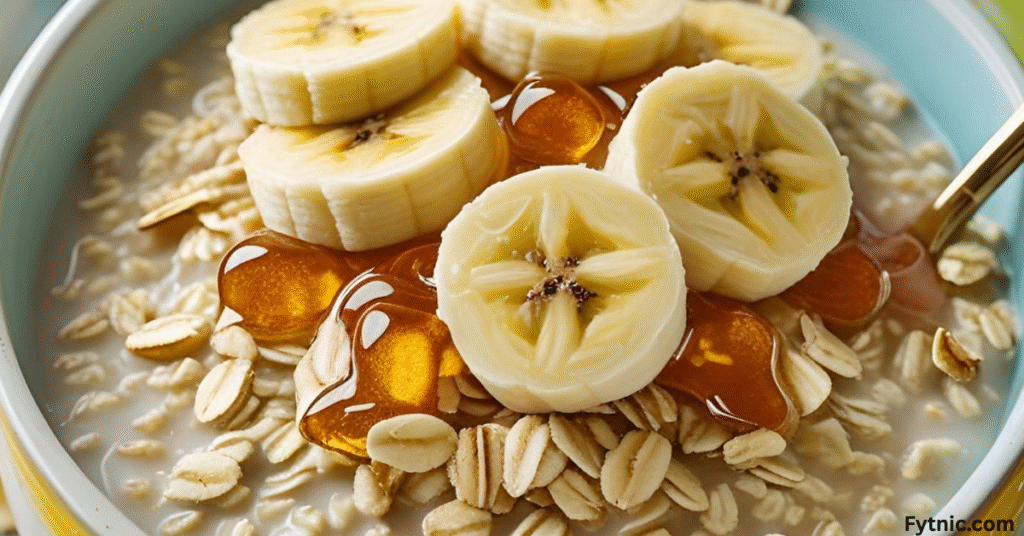
-
½ cup rolled oats cooked with water or almond milk
-
1 sliced banana
-
A sprinkle of cinnamon
-
Optional: chopped melon, honey drizzle
Why it works: High-fiber, low-acid, filling—gentle on the stomach.
Grilled Chicken & Veggie Bowl
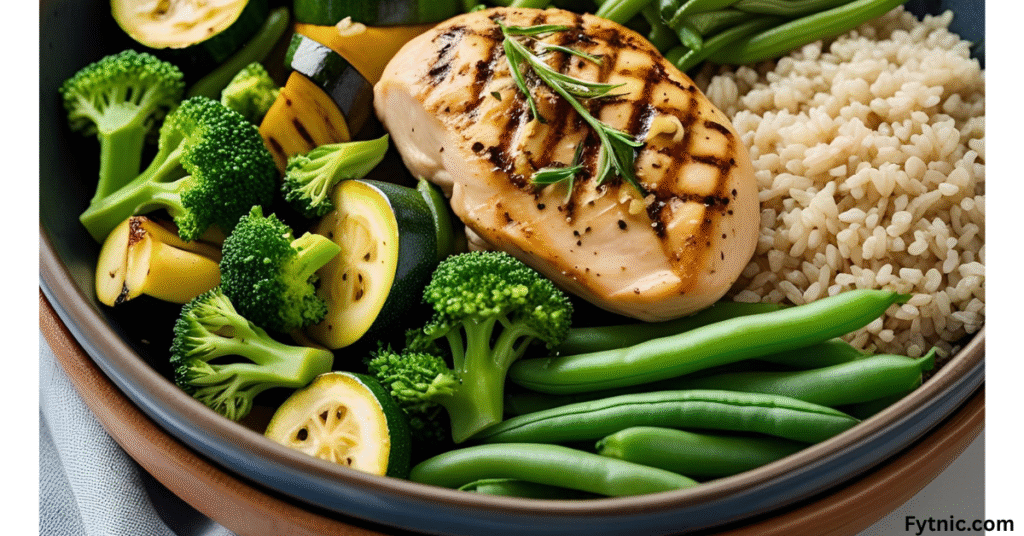
-
Skinless chicken breast grilled with olive oil & mild herbs
-
Steamed broccoli, zucchini, green beans
-
Brown rice or quinoa
Why it works: Lean protein, whole grains, alkaline veggies, low-fat, low-acid.
Gentle Ginger-Licorice Tea
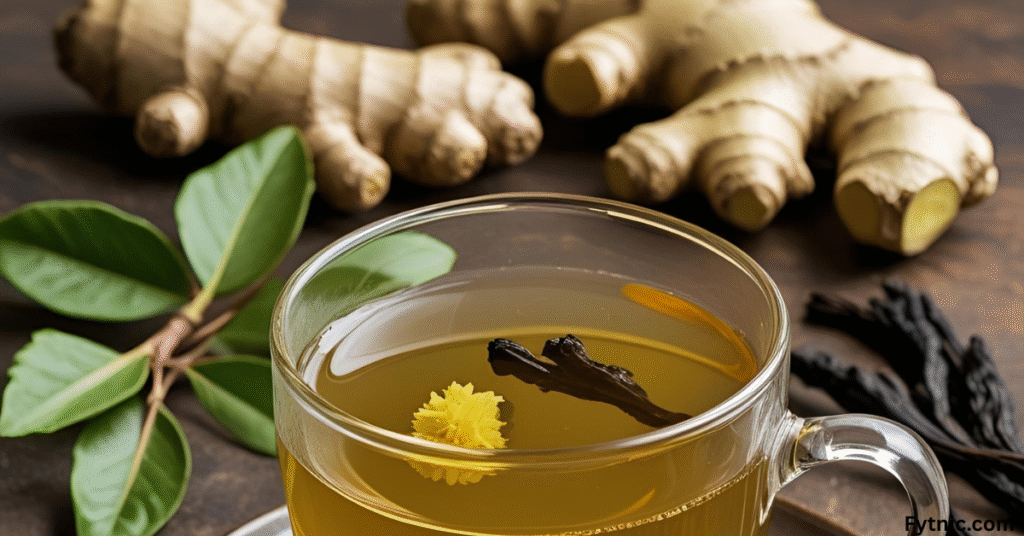
-
1 tsp grated ginger + 1 tsp dried licorice root
-
Steep in hot water 5–10 min; strain
-
Sweeten with honey if needed
Why it works: Anti-inflammatory, soothing, acid-buffering.
Melon & Pear Snack Plate
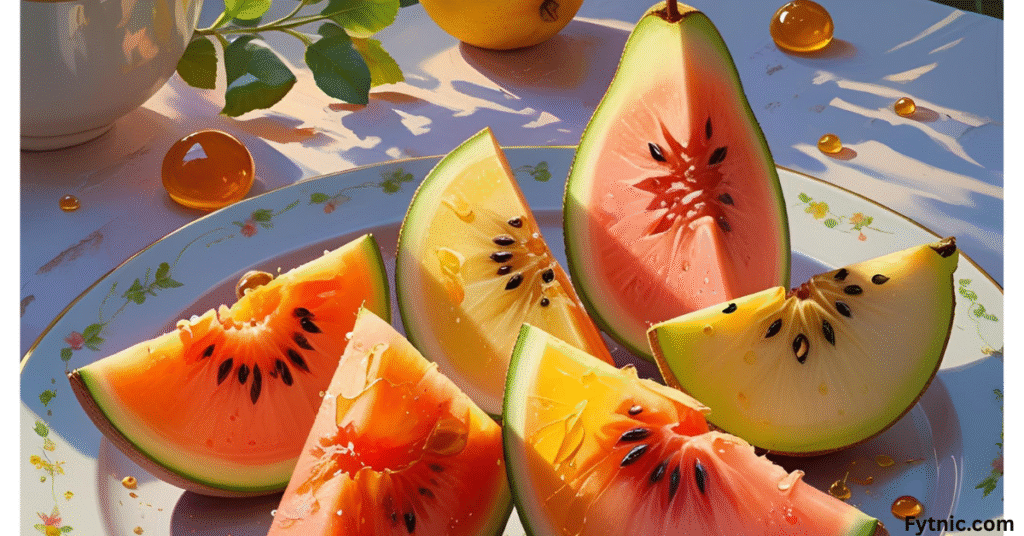
-
Slices of melon (honeydew, cantaloupe) and peeled pear
-
Add a handful of unsalted almonds
Why it works: Mild fruits + fiber-rich nuts for satiety and buffering.
Lifestyle Tips That Support Food Changes
-
Eat Small, Frequent Meals: Helps reduce stomach pressure and LES vulnerability.
-
Wait 2–3 Hours Before Lying Down: Prevents acid from refluxing when supine.
-
Elevate Head During Sleep: Use a wedge or raise the pillow to keep acid lower at night.
-
Stay Upright After Meals: Gravity helps keep acid in your stomach. Avoid naps immediately after eating.
-
Maintain a Healthy Weight & Avoid Tight Clothing: Extra abdominal pressure worsens reflux; loose clothing helps.
-
Avoid Tobacco: Smoking reduces saliva production and LES strength
Wrap-Up
Not one food alone causes acid reflux—but many common favorites (fried food, spicy dishes, citrus, chocolate, caffeine, soda, alcohol, mint, raw garlic/onion, sugary snacks) can either weaken the LES or increase stomach acidity.
Avoiding them can lead to noticeable relief.
Replace triggers with lean proteins, whole grains, fiber-rich fruits and vegetables, ginger or licorice teas, and gentle meals spaced throughout the day.
Pair these with smart habits—like not eating before bed, elevating your head during sleep, and staying upright after meals.
Track your symptoms, discover your individual triggers, and use the recipes above as templates to build a reflux-friendly diet that suits your taste and lifestyle.
FAQs About Acid Reflux & Diet
Q1. Are eggs bad for acid reflux?
Egg yolks are high in fat and may trigger reflux—egg whites are usually better tolerated. Monitor your response and adjust accordingly.
Q2. Are apples safe for reflux?
Yes—apples are low-acid and high in fiber. Many people find they help soothe symptoms.
Q3. Can I drink low-fat milk or yogurt when I have reflux?
Yes. Nonfat milk and low-fat yogurt can buffer stomach acid and provide probiotics. But if you’re lactose-sensitive, test carefully.
Q4. Is caffeine always a reflux trigger?
Not for everyone—but caffeine (coffee, tea, energy drinks) often relaxes the LES and increases acid. Decaf or herbal teas are usually safer.
Q5. What about small amounts of dark chocolate?
Even small servings can be a trigger for some. If tolerated, keep portions minimal and infrequent.
Q6. How can I best figure out my triggers?
Try a simple food journal: note what you eat, when, and any symptoms. Reintroduce foods one at a time if you suspect them as triggers.
Q7. When should I see a doctor?
If heartburn or reflux is frequent (more than twice a week), severe, causing swallowing issues, weight loss, or chronic cough—seek a gastroenterologist for evaluation.
